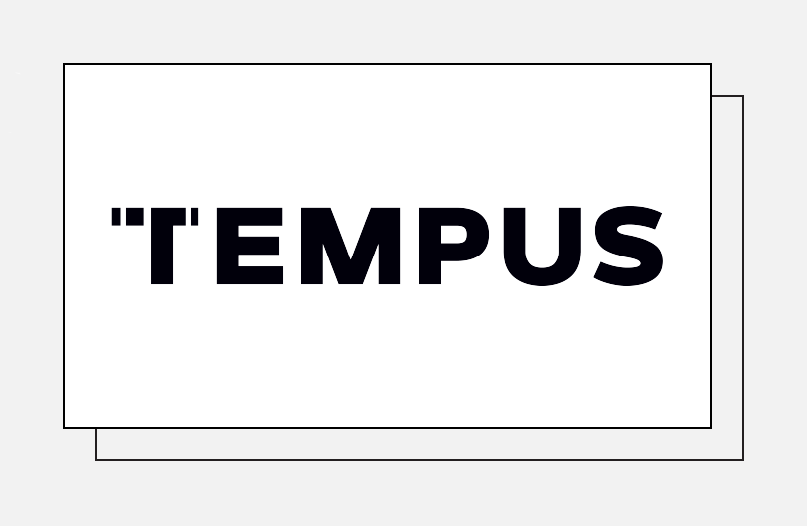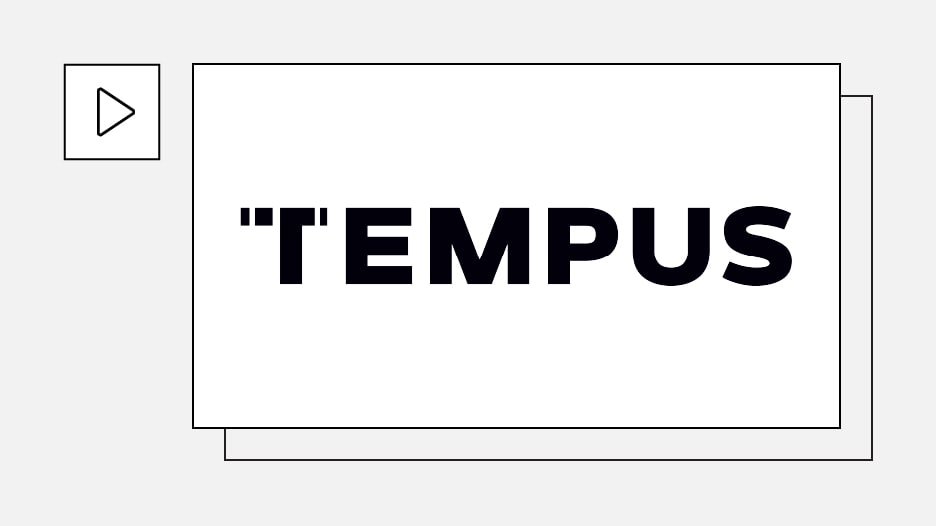-
PROVIDERS
REGISTER NOW
Navigating new frontiers in breast cancer care pathway intelligence: The role of providers and AI
Tuesday, July 29th
2:00pm PT, 4:00pm CT, 5:00pm ET -
LIFE SCIENCES
REGISTER NOW
Closing Care Gaps with AI: The Next Competitive Edge in Pharma
Monday, July 14
9am PT, 11am CT, 12pm ET -
PATIENTS
It's About Time
View the Tempus vision.
- RESOURCES
-
ABOUT US
View Job Postings
We’re looking for people who can change the world.
- INVESTORS
11/15/2022
Data-driven companion diagnostic development
At the World Clinical Biomarkers and CDx Summit, biopharma leaders shared how they’re using RWD in oncology to drive CDx and therapeutic innovation.
Authors
Lauren Silvis
Senior Vice President of External Affairs, Tempus
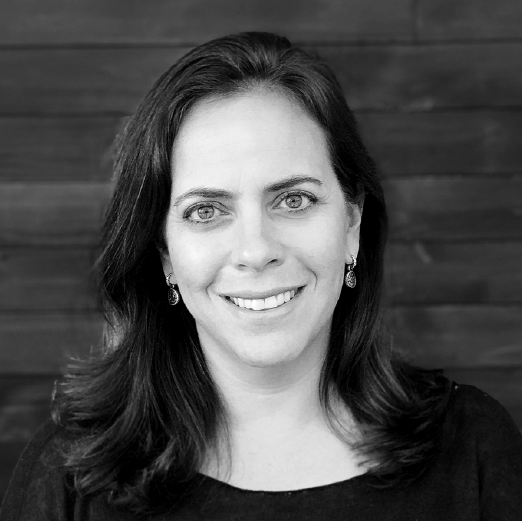
Brian Tunquist
Director of CDx Development, Pfizer
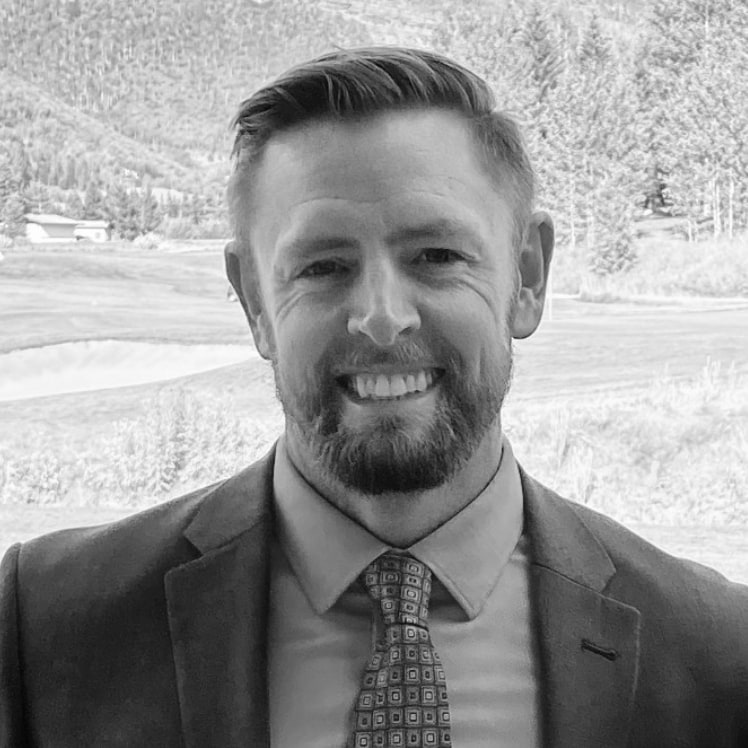
Giulia Fabbri
Senior Director of Translational Medicine Oncology, AstraZeneca

Senior Vice President of External Affairs, Tempus

Brian Tunquist
Director of CDx Development, Pfizer

Giulia Fabbri
Senior Director of Translational Medicine Oncology, AstraZeneca

This article is part of our series on innovative approaches to companion diagnostic development. Read our first Q&A with biotech leaders from TScan here, and stay tuned for the next article in which we explore how our peers and collaborators are working to advance data-driven precision medicine.
In oncology, real-world data (RWD) from heterogeneous sources – including imaging or biopsy results, genetic sequences, clinical data, and others – combined with powerful analytic tools, can unlock a deeper understanding of the drivers of cancer that inform companion diagnostic (CDx) and drug development. Equipped with this information, researchers can identify the patients who may benefit most from particular treatment pathways and help them have access to the information to personalize their care.
During the 12th World Clinical Biomarkers & CDx Summit, Lauren Silvis, senior vice president of External Affairs at Tempus, led a panel on data-driven CDx development with Brian Turnquist, director of CDx Development at Pfizer, and Giulia Fabbri, senior director of Translational Medicine Oncology at AstraZeneca. We’ve summarized their discussion below.
Responses have been edited for clarity and length.
Lauren: Thanks for joining us today, Giulia and Brian, to discuss data-driven CDx development. This topic is aligned with our vision at Tempus, where today we combine structured clinical and genomic data to match oncology patients with the most precise treatment options for their cancer. We also use these data to advance drug development and precision medicine for the patients of tomorrow, including by supporting companion diagnostic development and informing clinical trial design. To start our conversation, I’d love to hear more about your work using RWD to advance CDx and drug development. |
| Giulia: RWD – both clinical and multidimensional data – inform every step of our drug discovery and development process. We interrogate data to assess target prevalence, identify new disease subtypes, and understand biology, which can inform early pipeline development.
We also use RWD to inform clinical trial design and to assess the predictability of trial success early on. Sometimes, especially when we are transitioning from phase 2 to phase 3 studies, we use synthetic approaches to compute what the trial may look like in terms of behavioral control arms. We also use real world data to identify patients with the biomarker of interest. We actively search for these patients to speed enrollment in trials. Finally, we use patient material to develop tools and platforms, such as organoids, to test drug candidates. |
| Brian: We use data in similar ways within Pfizer. In the early days, our data strategy centered on diagnosis and biomarker prevalence, then we moved on to assessing biomarker-positive patients. Now we’ve advanced to overlay clinical data with other useful information: At what stage in a patient’s treatment timeline are they being tested? What prior therapies have they had, and therefore what resistance markers should we expect to see?
On the diagnostic side, RWD can help us understand where patients are located and whether we can move our trial sites to hospitals that are more accessible to them to aid recruitment efforts. |
Lauren: What types of genomic data are you using most in drug development efforts, and what more are you interested in seeing from genomic data? |
| Brian: We have first-generation inhibitors that target the drivers of cancer that we’re all familiar with, such as EGFR gene mutations that cause lung cancer. These therapies are effective, even in combination, but resistance occurs. Trying to find subsets of resistant patient populations for second-generation inhibitors requires even more complicated biomarker testing, including RNA sequencing. |
| Giulia: Genetic sequencing is, of course, important for identifying certain therapeutic targets. But there are diseases that aren’t fully explainable from their genetic makeup alone. For example, we’re currently working to understand the molecular diversity of small cell lung cancer, a very aggressive disease for which the treatment landscape has only recently changed with the addition of immunotherapy to chemo. Working closely with academic collaborators, we’ve found that while the disease is genetically homogeneous, it comprises different subtypes based on transcriptional profiles, some of which are relevant from a therapeutic perspective. In particular, patients with an inflamed phenotype are those that seem to benefit from the addition of immunotherapy to chemo, while others seem to be vulnerable, at least in vitro and in vivo, to different treatment approaches. This information could be used to prospectively select patients for the right treatment. Working with RWD in this space has enabled us to solidify our approach to classifying patients in a reproducible way. |
Lauren: What other novel work are you doing with RWD to advance CDx and drug development? |
| Brian: We’re using RWD to understand what laboratory-developed tests (LDTs) are being used with approved drugs. Our industry has used extensive resources to build companion diagnostics, but depending on the biomarker, LDTs may still be the leading approach. We’re using RWD to assess the testing rates and understand which hospitals we should focus on to educate physicians on the CDx options available. |
| Giulia: We’ve started to use RWD to address some highly relevant and yet unanswered clinical questions. For example, immunotherapy is embedded in the treatment landscape of many tumor types, but we have limited understanding of the common mechanisms of sensitivity or resistance. We’re increasingly interrogating large datasets to understand – across indications, treatment phases, and disease stages – how the molecular landscape matches with clinical information. This will help us understand if there are disease-specific or subtype-specific mechanisms of primary or acquired resistance that we can leverage to inform our therapeutic development. |
Lauren: How can new and emerging technologies help you leverage the vast amounts of RWD available to advance drug development? |
| Brian: I’d like to congratulate companies like Tempus for adding RNA sequencing to panels and making panels larger; that has been valuable and helps us find patients with other mutations, using even less of a sample to get more data. In the next few years, we can work towards reducing limitations to collecting samples, especially with rare biomarkers. This can be a challenge in the clinical setting, and we need to use the samples for validation in the CDx space. |
| Giulia: We’re increasingly understanding the value of genetic data, especially when integrated with digital imaging and computational pathology approaches. Now, we need to not only increase the amount and quality of data, but also the tools to make sense of the incredible vastness and complexity of information available. We must make it as easy as possible for clinicians and other partners to interrogate these datasets and ask the relevant questions navigating a complicated framework. |
Lauren: What are you looking forward to as this space continues to evolve? |
| Brian: There’s potential for new and more advanced technologies to help us identify increasingly complicated biomarkers. It’ll be interesting to see how innovations like single-cell sequencing inform and confirm individual patients’ overall tumor burden, or how single-cell sequences could serve as a predictive marker for a population of patients who could be treated with a therapeutic. |
| Giulia: It’s certainly an exciting time for CDx development. The innovation and research interest are there, and now it’s time to work together and make novel approaches in biomarker modalities viable, reliable, reproducible, and usable in the clinic to inform a new way of treating patients. |
Learn more
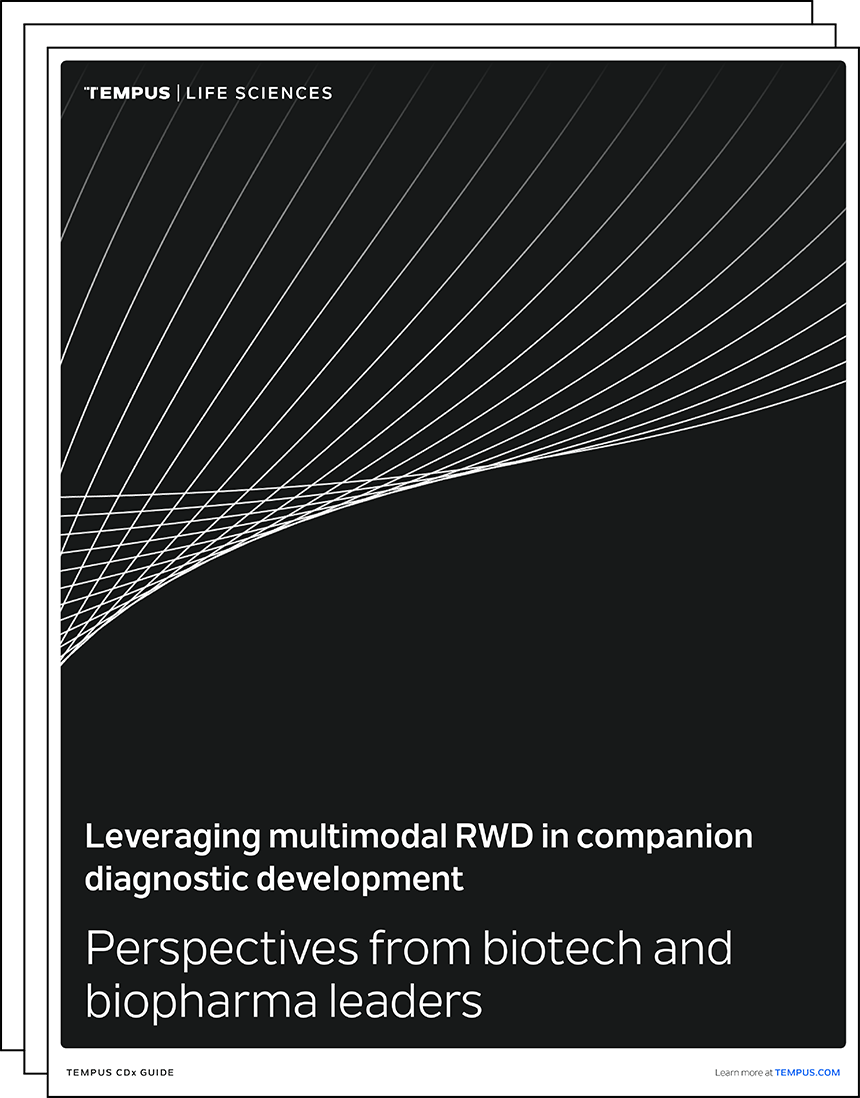
Learn more
Leveraging multimodal RWD in companion diagnostic development
Perspectives from biotech and biopharma leaders
DOWNLOAD GUIDEStay informed
Be notified whenever Tempus publishes new and relevant research, webinars, and other resources.
Sign up-
07/01/2025
Transforming R&D with Generative AI and Real-World Data
Mike Yasiejko, General Manager and Executive Vice President at Tempus, recently spoke with Andrew Mazar, PhD, Chief Operating Officer at Actuate Therapeutics, about the ways Tempus’ liquid biopsy (xF+) and methylation assays have been valuable to Actuate’s work and how the company has benefitted from the partnership
Watch now -
06/12/2025
AI & ML in action: Demonstrating real-world impact in trial design & patient care
Discover how the Tempus platform leverages AI and ML to inform standard of care practices through health equity guidelines and drive insights that help refine clinical trial design. Engage with live demonstrations showcasing how our tools identify patients by modifying inclusion/exclusion criteria and leveraging patient queries. Explore how our tools integrate NCCN guidelines and empower life science teams to access current, actionable patient-journey insights. Learn how these real-world applications can drive progress in your clinical development initiatives.
Watch replay
Secure your recording now. -
06/09/2025
Bridging the translational gap: The role of organoids in oncology R&D
This white paper explores the evolving role of organoids in oncology R&D, highlighting their potential as predictive preclinical models and their ability to reduce translational risk. Download for a comprehensive overview of the scientific landscape, key adoption barriers, emerging innovations, and how pharma companies leverage organoids to accelerate precision medicine.
Read more
